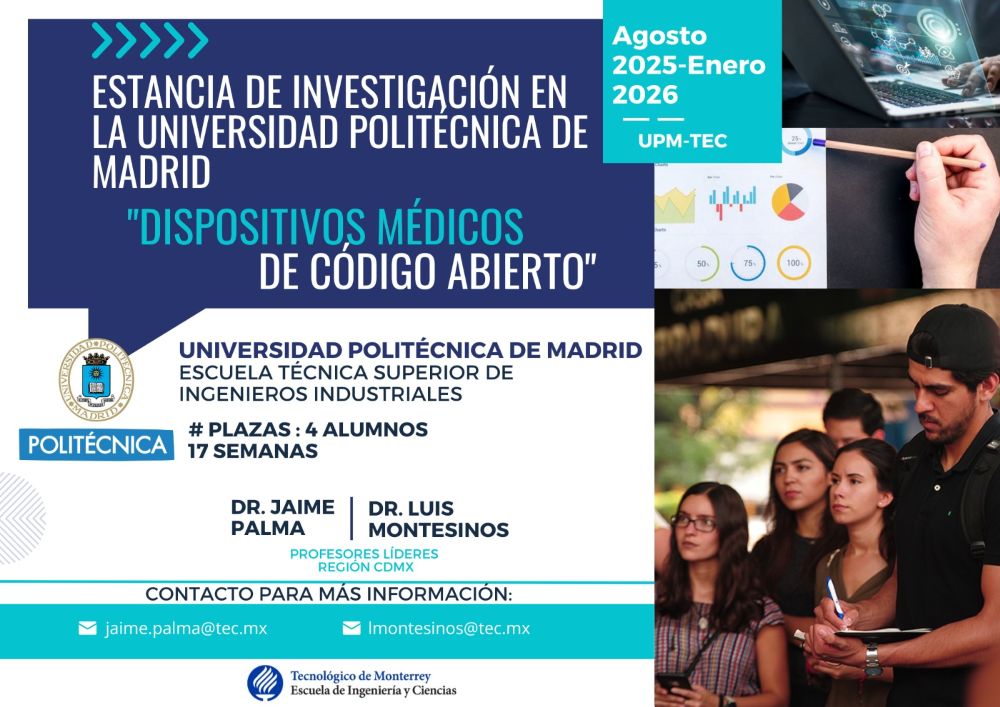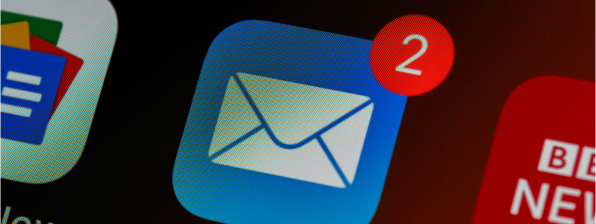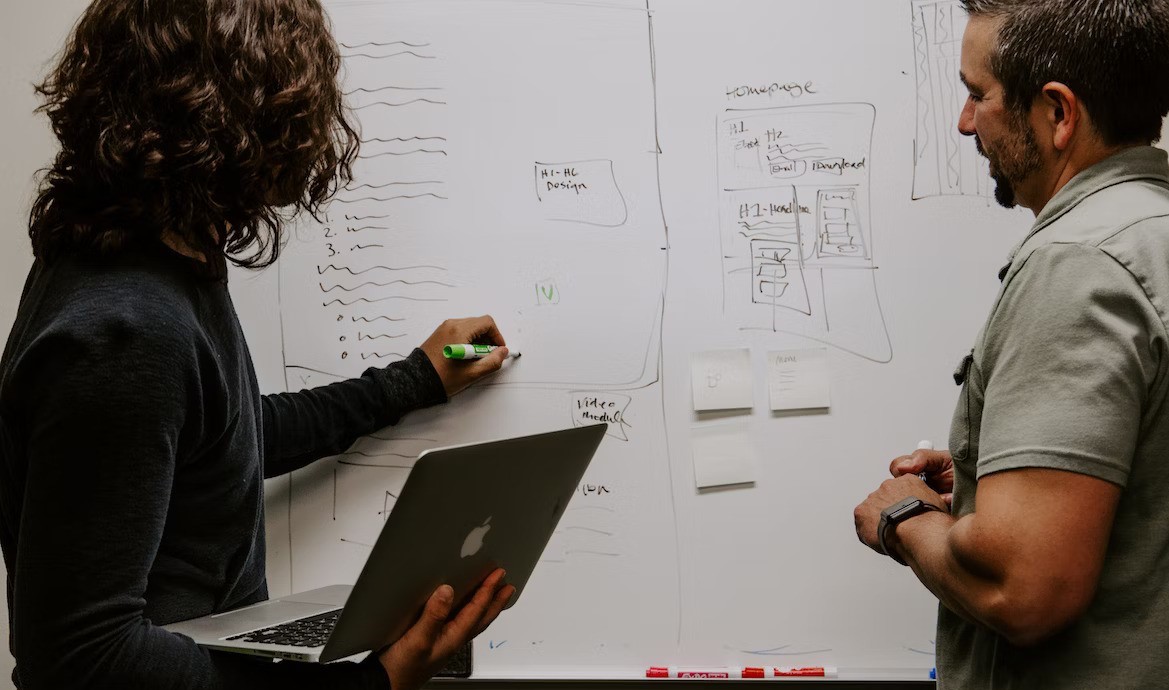The Impact of Using 3D Printing for Medical Devices on Hospital Business Models
highlight_off

This study explores how the integration of 3D printing technology for
medical devices transforms the business model of hospitals. Employing a qualitative research approach, we conducted interviews, visits, and surveys with key stakeholders within healthcare institutions to understand the multifaceted implications of this technological advancement. Our findings reveal that the adoption of 3D printing significantly impacts various aspects of hospital operations (business model dimensions), including key resources, key activities, key partners, and customer relationship management. Two types of business models have emerged as more commonly used: in-house and outsourced production centers.
This research contributes to the growing body of knowledge on the intersection of technology and healthcare, providing valuable insights for hospital administrators, policymakers, and technology providers seeking to leverage 3D printing for transformative healthcare delivery.
Week 1-2: Literature Review Expansion – Part 1
Objective: Deepen theoretical framework and contextual background.
Tasks:
Extend review on Additive Manufacturing (AM) in healthcare and Business Model Innovation.
Revisit Business Model Canvas (BMC) with advanced critiques or extensions (e.g., integration with digital maturity, sustainability).
Explore alternative frameworks (e.g., SCOR model, Value Proposition Canvas, Dynamic Capabilities).
Output:
Expanded literature review draft – AM in Healthcare + BMC extensions.
Literature matrix with at least 15 recent sources (2021–2024).
Week 3: Literature Review Expansion – Part 2
Objective: Add empirical and managerial views from literature.
Tasks:
Review literature on:
Supply chains for medical devices.
Cost-effectiveness and financial models of AM.
Barriers/enablers of health tech adoption.
•
Synthesize how these relate to in-house vs. outsourced 3DP models.
Output:
Completed literature review draft (3,000–4,000 words).
Notes connecting literature with findings from the original study.
Week 4: Methodological Strengthening
Objective: Enhance research design, validity, and transparency.
Tasks:
Rework methodology using COREQ standards or Gioia method.
Define sampling rigor, validation techniques, coding strategy.
Consider expanding dataset (e.g., add 1–2 more expert interviews or surveys).
Output:
Full Methodology section draft (including visual of research process, if useful).
Week 5: Case Study Structuring & Data Reanalysis
Objective: Increase depth of analysis and comparative insight.
Tasks:
Reanalyze interview data using axial/selective coding.
Structure 2–3 case studies (e.g., one in-house, one outsourced, one hybrid).
Highlight contextual factors (e.g., hospital size, country, tech maturity).
Output:
Comparative case matrix.
Draft of Results section (initial 2,000+ words).
Week 6: Results Refinement & Visualization
Objective: Sharpen presentation of findings.
Tasks:
Refine coded categories and themes.
Create figures: updated coding trees, business model transformation maps, cost comparison charts.
Ensure traceability from raw data
4
Jaime Alberto Palma Mendoza
jaime.palma@tec.mx
3d printing
hospital business models
warning
error_outline
elaboration of q1-q2 paper
100 %





:
circle
circle
circle
circle
circle